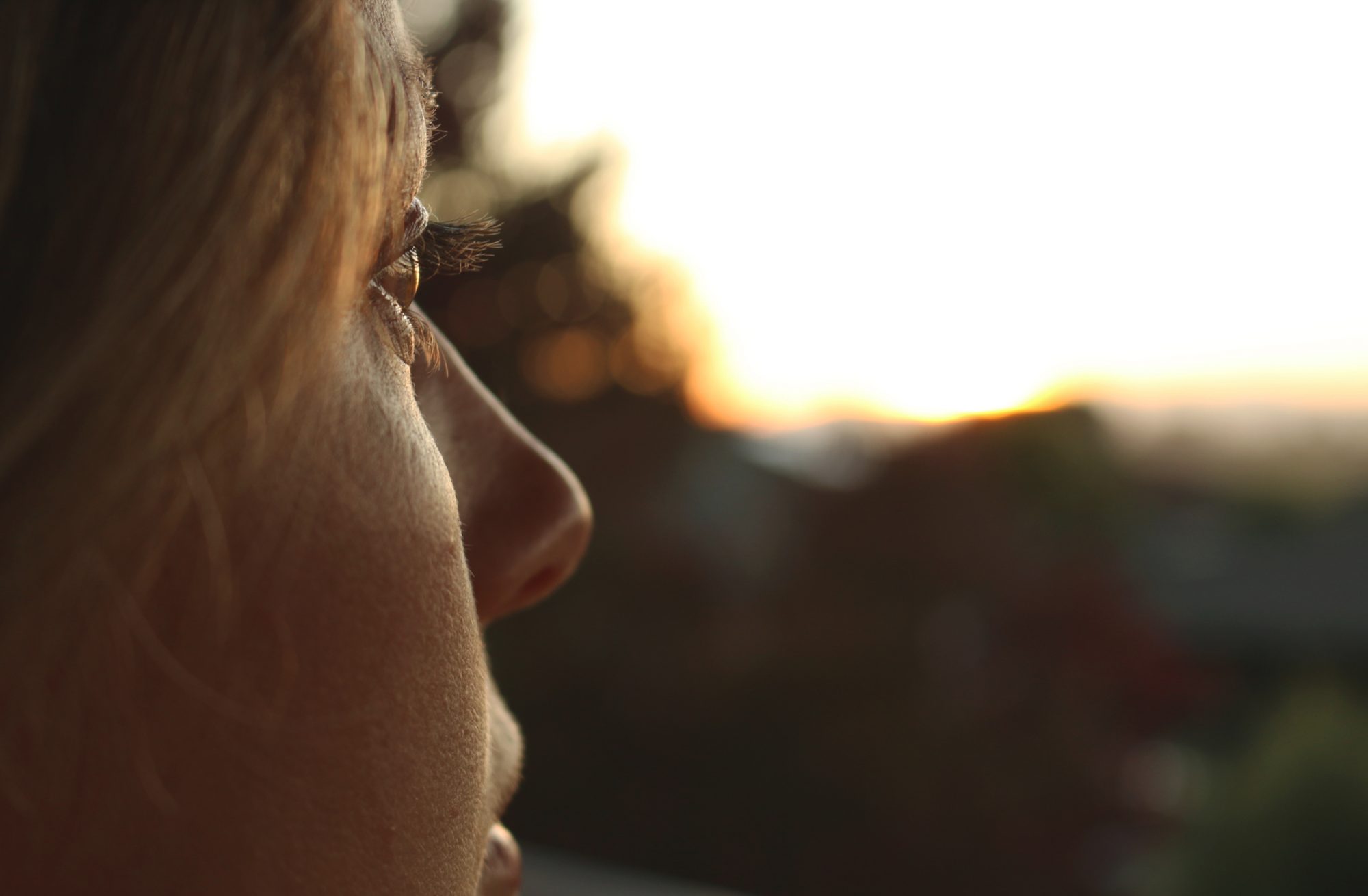
Samantha McEwan is one of those people who's always known she's wanted to be a mom. McEwan, 26, lives with spinal muscular atrophy type 3, a rare genetic illness that causes progressive muscle weakness. Given the strenuous nature of lifting and caring for an infant, McEwan figured it best to have children before she turned 30.
"I decided that this was something I was serious about and really wanted to do—and I was going to do it, whether I had a partner or not," she says. "Because my disability is progressive, I have a limited time frame of when I should have children." McEwan knew there would be challenges; not much is known about SMA and pregnancy. Like any prospective mother would, McEwan began looking for information to help her understand what pregnancy would be like. Instead of finding articles about pregnant women with SMA, McEwan's search results were filled with studies and information about screening embryos and fetuses for the condition.
Then, there was the cost. Without a partner, she would need donor sperm. Complicating matters further was McEwan's polycystic ovarian syndrome, which, in her case, would necessitate costly fertility treatments.
Being disabled in America often means struggling financially. While the Americans with Disabilities Act prohibits employers from discriminating against disabled people, it doesn't ensure fair treatment; it's completely legal to pay disabled workers below minimum wage. And because private insurance isn't required to cover things like powerchairs or community-based care, disabled people are often forced to live below the poverty level to get the care they need through Medicaid. The most recent data from the Annual Disability Statistics Compendium shows that one-quarter of working-age people with disabilities live in poverty, more than twice the poverty rate for those without disabilities.
Those with disabilities that prevent them from working, either full-time or entirely, may qualify for Supplemental Security Income (SSI) as long as they earn less than $1,580 a month ($18,960 a year), and have less than $2,000 in assets—$3,000 if married. This asset limit is what's known as the "marriage penalty," and forces many disabled people to forgo marriage so that they can stay enrolled in the programs that pay for the medical care that keeps them alive.
Now consider the cost of IVF. The average cost of an IVF cycle is about $24,000 including medication—$8,000 more than the yearly income threshold to qualify for Medicaid in California, where McEwan lives. Though California state law requires certain insurers to offer coverage for infertility diagnosis and treatment, Medi-Cal, California's Medicaid program, is exempt from these requirements. New York and Utah are the only states with Medicaid programs that provide some fertility coverage.
Meanwhile Medicare, which provides health insurance to approximately 2.5 million disabled adults of childbearing age, says it covers "reasonable and necessary services associated with treatment for infertility" but does not explain what that entails. Most Medicare drug plans do not include medications used to treat infertility.
"The biggest barrier for anyone seeking infertility medical treatments is the lack of insurance coverage," says Barbara Collura, president and CEO of RESOLVE: The National Infertility Association. "Disabled people may need access to donated gametes and surrogacy to build their family, and the insurance that does exist often excludes coverage for donated sperm, egg, or embryo [or] the costs of a surrogacy."
For those like McEwan, who decide to use donor sperm, the cost per vial can vary, with most sperm banks charging around $1,000 per vial. Meanwhile, the cost of using donor eggs ranges from $12,000 to $20,000—and using a surrogate can cost $100,000 to $150,000.
McEwan planned for her first fertility appointment, a 17-minute phone consultation that cost $250. Her next appointment, which was in-person, presented a new, but not unfamiliar barrier to care: ableism. "My mom went to the appointment with me, and [the doctor] was sort of talking to her instead of talking to me," McEwan said. "He kept saying things like,' I don't know if this idea is a good idea.' He totally just brushed off the idea that I could even choose motherhood on my own."
The American Society for Reproductive Medicine says that doctors should not discriminate against patients with disabilities—yet allows doctors to "withhold services if there are signs that patients will not be able to care for children."
He totally just brushed off the idea that I could even choose motherhood on my own.
Given the financial barriers keeping disabled people from accessing fertility care, fertility specialists are less likely to encounter those with disabilities in their practices. And without the experience of working with disabled patients, doctors may not be able to accurately assess their ability to care for a child.
"I think some of [the challenges disabled people face when accessing fertility care] have to do with the clinic's experience and comfort level working with patients from differently-abled backgrounds," says Cindy Duke, MD, PhD, medical director of the Nevada Fertility Institute in Las Vegas. "As for a patient's ability to be a caregiver, I use some benchmarks that include: Are they able to care for themselves? What is the patient's support system? What is the patient's understanding of their day-to-day caregiving role? And what is the patient's support system? I also recognize that by the time my patient has arrived at my clinic, they have also already thought on this and mostly have a caregiving plan in place."
McEwan left the first clinic and began looking elsewhere. "I deserve the chance to try on my own and to experience pregnancy," she says. "I'm a woman, too. I just sit; that's it." That search ultimately led her out of state to Dr. Duke's practice. McEwan had an entirely different experience at Nevada Fertility Institute. Duke was familiar with SMA and had worked with people who have the condition before. She spoke to McEwan directly—not to her mother. Duke even had adaptive equipment and knew how to maneuver McEwan's Hoyer lift without her explaining it.
"I am mindful that many patients with disabilities have been discriminated against in many ways, and so I strive to first let them know that I respect their autonomy and aim to be a facilitator in their journey and not a 'dictator,'" says Duke.
Finally at a practice she felt comfortable at, the next step for McEwan was finding the money to pay for IVF. Since Medi-Cal doesn't cover IVF, all costs would have to be covered entirely out of pocket. McEwan got lucky in that her dad was able to pay the $15,000 she needed for clinic fees, plus $2,000 towards medication. The remaining $3,000? McEwan paid it herself through money she saved and looking around her apartment to see what she could sell on Facebook Marketplace.
In October 2020, McEwan had an egg retrieval during which seven eggs were retrieved, six fertilized, and four frozen as day-five embryos. The next step is an embryo transfer, which she hopes will happen this summer.
"[Having a child] is the one thing that I've wanted my entire life. To finally be so close to achieving that is just mind-blowing," she says. "I have embryos, they're waiting, and those embryos can turn into people. I can't wait for the experience of motherhood and the connection. I'm just looking forward to all of it."





